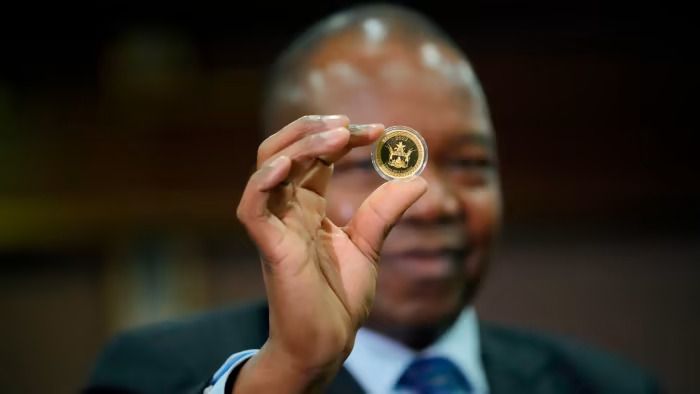
After months of experiments, the Reserve Bank of Zimbabwe has finally launched a digital token backed by gold for payments.
The Reserve Bank of Zimbabwe announced its gold-backed tokens back in mid 2023. With significant progress, the central bank has now gone ahead with making the digital token a means of payment. The bank had mentioned the tokens would have physical gold from the bank reserves as their underlying assets.
The tokens, called ZiG, are a means by the central bank to encourage investment in national assets. The country of Zimbabwe has been reeling under high inflation for some time. In case the ZiG is able to help investors drift away from the US dollar, inflation might come under some control.
“The issuance of the gold-backed digital tokens is meant to expand the value-preserving instruments available in the economy and enhance divisibility of the investment instruments and widen their access and usage by the public,” said the central bank’s Governor, John Mangudya.
Additionally, Investors and traders of the gold-backed tokens can store them in e-gold cards or e-gold wallets. From the amount of ZiG sold to date, the corresponding gold would amount to 350 kg. September 28 saw investors buying 17.65 kilograms of gold equivalent ZiG
Accordingly, for local transactions, banks in Zimbabwe will maintain specific accounts for ZiG. They will implement ZiG transactions in a similar manner to how transactions happen in localized and foreign currency. Meanwhile, the Reserve Bank of Zimbabwe is yet to publish the amount of money transfer tax on the ZiG transactions.
The official press release by the central bank also mentioned how external auditors would keep monitoring the availability of gold. It would ensure adequate reserves of gold are available with the bank to back the ZiG. Zimbabwe has a good chance of tackling its decade-long inflation issue with the ZiG, a witness of the many benefits of crypto.

